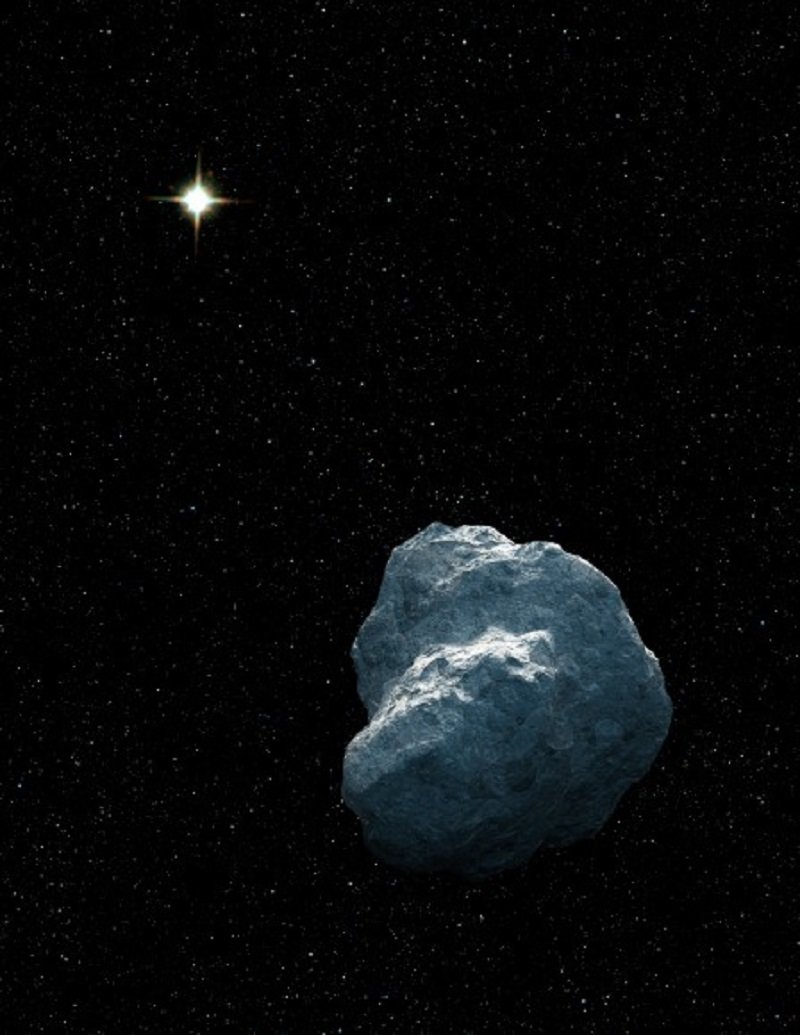
Our numerical integrations show that the orbital dynamics of Niku are very similar to that of 2008 KV42 (Drac), with a half-life of ∼500 Myr. Comparing similar high inclination TNOs and Centaurs (q>10 AU, a<100 AU and i>60∘), we find that these objects exhibit a surprising clustering of ascending node, and occupy a common orbital plane.
This orbital configuration has high statistical significance: 3.8-σ. An unknown mechanism is required to explain the observed clustering. This discovery may provide a pathway to investigate a possible reservoir of high-inclination objects.
Reference:
Discovery of A New Retrograde Trans-Neptunian Object: Hint of A Common Orbital Plane for Low Semi-Major Axis, High Inclination TNOs and Centaurs



does not sound like it bodes well for us. In light of the plethora or bolides/meteorites that have been pummelling our atmosphere recently and increasing significantly, I can only imagine what a 'wayward' cluster could do to Earth. A cosmic 'hailstorm' to the n-th degree comes to mind. Could the recent meteorites be the random drops before the downpour? Neptune is not so far as the meteor flies!